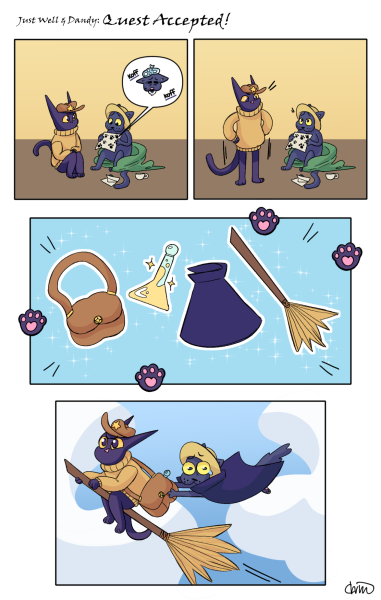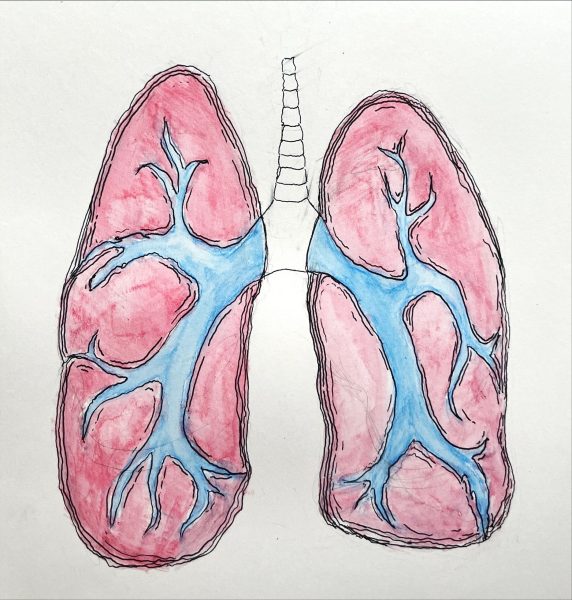It’s a risky time for toes
January 17, 1991
While this winter has been mild, you can be sure there will still be some bitterly cold weather. Each winter the Health Service treats many cases of frostbite.
Frostbite occurs primarily on toes, fingers, ears, nose and cheeks because extremities have the poorest circulation.
Frostbite is more easily prevented than treated and is summarized by the adage: “Keep warm, keep moving, and keep dry.”
Warmth is achieved by several thin layers, topped with a wind-proof outer garment. For extremities, it is best to wear two pairs of socks, mittens (warmer than gloves) and hat and ear protection. You can lose up to 50% of your body heat through an uncovered head.
The initial symptoms of frostbite are numbness, prickling and itching. Chances are victims will not notice the loss of sensation that signals frostbite because they are already cold and a little numb.
A less severe form of frostbite is frostnip. The only noticeable sign of this condition is whitishness in the affected area.
To treat frostnip, place a warm hand over the whitish area and keep it there until the person feels a tingling sensation and the white color turns red. Do not rub the area, nor apply any ointments.
Get the person out of the cold and make sure he or she stays indoors until well warmed, several hours or more to be safe. Once the color and feeling come back, the skin is probably all right.
Longer exposure can lead to superficial frostbite, in which the top layer of skin has frozen. The signs are numbness and stiff whitish skin with a waxy appearance.
Get the person indoors and give warm drinks. Gently press the skin to see if there is any resilience in the lower layers. If there is some softness, the frozen area is probably not too deep.
Avoid instinctive behaviors such as rubbing or using ointments. Also, do not expose the skin to dry heat (campfire or car heater) since it is too hard to control.
apid but careful reheating in warm water (104-108 degrees) for up to 30 minutes is helpful in preventing further injury. For this kind of frostbite it is a good idea to seek medical help, especially if swelling occurs.
The After Hours Care Area of the Health Service can treat you for frostbite. Information on frostbite and other winter health concerns is available at the Wellness Resource Center, in the Holmes Student Center, 753-1435.












